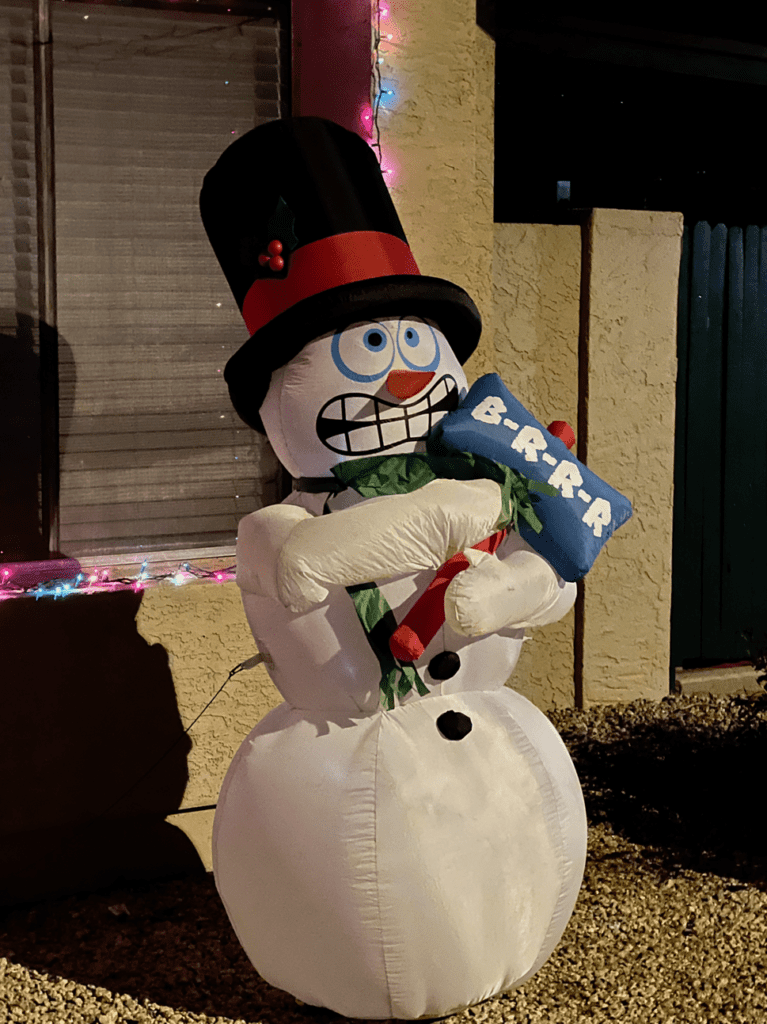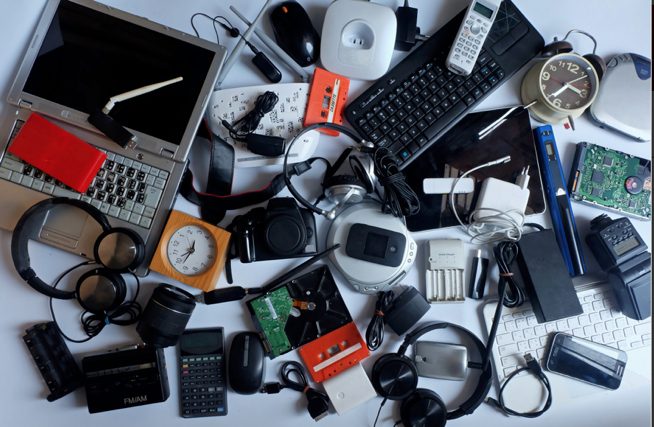Daniel Salzler No. 1129
EnviroInsight.org Five Items December 24, 2021
—————Feel Free To Pass This Along To Others——————
If your watershed is doing something you would like others to know about, or you know of something others
can benefit from, let me know and I will place it in this Information newsletter.
If you want to be removed from the distribution list, please let me know.
Please note that all meetings listed are open.
Enhance your viewing by downloading the pdf file to view photos, etc. The
attached is all about improving life in the watershed. If you want to be removed from
the distribution list, please let me know. Please note that all meetings listed are open.
Enhance your viewing by downloading the attached pdf file to view photos, etc.
The attached is all about improving life in the watershed.
Read this newsletter at EnviroInsight.org
1. MERRY CHRISTMAS !

2. Fire And Ice: The Puzzling Link Between Western Wildfires And Arctic Sea Ice. What’s behind the worsening wildfires in the Western United States? Arctic sea ice plays an important role.
“Some say the world will end in fire,” wrote Robert Frost a century ago. The poet described one popular take on the world’s end before shifting to its apocalyptic opposite, writing, “some say in ice.”
But the relationship between fire and ice, in terms of Earth’s climate, is not quite as “either or” as Frost depicted. In the case of a study presented today at the 2021 AGU Fall Meeting in New Orleans, that relationship is more “give and take.”

The team of researchers behind the recent study describe a link between dwindling sea ice and worsening wildfires in the western United States. As sea ice melts from July to October, sunlight warms the increasingly iceless, surrounding area. This ultimatel brings heat and fire-favorable conditions to distant states like California, Washington, and Oregon later in autumn and early winter.
The researchers describe this relationship –its existence previously known, but its underlying mechanism now described for the first time — as similarly influential as climate patterns like the El Niño-Southern Oscillation.
“It’s not a perfect analogy, but teleconnections like this are a bit like the butterfly effect,” said Hailong Wang, an Earth scientist at the Department of Energy’s Pacific Northwest National Laboratory and coauthor of the new study. He references the popular feature of chaos theory where a butterfly’s flapping wings are thought to influence the formation of a distant tornado.
“Climate conditions in one part of the world can, over time, influence climate outcomes from thousands of kilometers away,” said Wang. “In our case, we find the Arctic region and the western United States are connected by this relationship. Regional land and sea surface warming caused by sea ice loss distantly triggers hotter and drier conditions in the West later in the year.”
Wang presented his findings virtually at an AGU press conference that explored wildfire in a changing climate on Dec. 16.
A tale of two vortices
Wang and his fellow authors found that, as Arctic sea ice melts and the surrounding land and sea surfaces warm, a vortex strengthens in the atmosphere above the heated area. This vortex, spinning counterclockwise like a cyclone, is spawned by differences in air pressure.
The powerful vortex constantly pushes the polar jet stream out of its typical pattern, diverting moist air away from the western United States. With the now wavier jet stream nudged off its usual course, a second vortex, spinning clockwise, forms under the ridge of the polar jet above the western United States. This second vortex — similar to the vortex responsible for the Pacific Northwest’s extreme heat earlier this summer — brings with it clear skies, dry conditions and other fire-favorable weather.
As the Arctic continues warming, it can sharpen the contrast between these two distantly connected systems, further exacerbating conditions in an already fire-ravaged region. More than three million acres have burned across California alone during the 2021 wildfire season.
“This dynamics-driven connection warms and dries out the western United States region,” said Yufei Zou, lead author and data scientist who was a postdoc at PNNL when the study was conducted. “By uncovering the mechanism behind that teleconnection, we hope those in charge of managing forests and preparing for wildfires will be more informed.”
Less ice, more heat
To probe the influence of Arctic sea ice in forming fire-favorable climate conditions, the study’s authors called upon the past four decades of recorded sea ice levels. The team isolated the mechanism at play through modeling conducted at the National Energy Research Scientific Computing Center, a DOE Office of Science user facility at Lawrence Berkeley National Laboratory.
Arctic sea ice has continually declined since scientists began measuring its loss in the late 1970s. End-of-summer sea ice cover has diminished by 13 percent each decade relative to the 1981-2010 average, according to the National Oceanic and Atmospheric Administration.
Arctic sea ice is projected to continue declining, eventually leading to periods of iceless Arctic waters before the 2050s. Today, even the older, thicker ice that persists year-round is now thinner and more fragile.

In addition to Wang and Zou, authors from PNNL include Philip J. Rasch and Rudong Zhang.
Source:Materials provided by DOE/Pacific Northwest National Laboratory. December 17, 2021
3.Did You Know? The Chicadee bird expands the part of it’s brain known as the hippocampus by 30% to better remember where it stored food. Source: Nature.org.
4. Wishing You A Very Happy Recycling Holiday. Open your gifts and recycle what you can. Here is a guide that might help, but contact your local solid waste authorities for local conditions.
| Recycle | Do Not Recycle | |
| Clear or green plastic egg cartons | Pulp or Styrofoam egg cartons | |
| Clean Aluminum & steel cans | Soluble Fats, Oils, Grease *1 | |
| Food free Aluminum foil | Metalic Christmas Wrapping paper | |
| Magazine inserts & slicks, Phone books, news papers | Chemical Solvents, Automotive batteries (Call City Haz Waste)*2 | |
| Cereal boxes (fiberboard) with insert removed | Cereal box inserts or Yogurt containers | |
| Pizza boxes (top half) | Pizza Boxes (greasy bottom half) | |
| Cardboard boxes (flattened not cut up) | Live Christmas Trees with tinsel attached | |
| Paint – hard from top to bottom (paint hardener or air dry) | Liquid paint (Call Glendale Haz Waste)*2 | |
| Electronics, cables, remotes *4 | Yogurt containers, plastic food containers | |
| Christmas card envelopes | Christmas cards | |
| Used Oil/ Car/Truck batteries*3(Take to Auto parts store) | Used Motor Oil (Take to Auto parts store or call City/County Haz Waste)*2 | |
| Assorted glass jars, clean (To MRF)*4 | Glassware with food stuck to the sides | |
| Rinsed milk cartons and juice boxes | Food contaminated Aluminum/Steel cans | |
| Live tinsel-free live Christmas trees (call City) | Used paper towels or kleenex | |
| Plastic grocery bags – return to grocery | Bubble-lined envelopes | |
| Food contaminated plastic bottles | ||
| “A”,”AA”,”AAA”,”C”,”D” alkaline batteries | Automotive tires |
*1 Use paper towel to soak up grease/fat/oil and toss towel into trash
*2 Contact ADEQ’s Haz Waste Division and ask for contact information: 602- 771-2300
*3 Take used oil and car batteries to car parts stores or to a Solid Waste transfer station that
accepts used oil
*4 MRF – Take to your local Materials Recycling Facility
A few other things to consider…
DO NOT PLACE IN YOUR TRASH, RECYCLING BIN OR BULK TRASH
Glass While small glass can go into a bag in your putrescible trash can, it is best to recycle all glass at your local MRF (pronounced as “Merf) located at the landfills, if possible.

Used oil. If you do some of your own work on cars, lawn mowers, etc, collect that used oil and take it to any car parts store. They will recycle it for you. Some solid waste transfer stations accept used oil as well.
Used/Waste tires (Take to a tire recycling location. Contat AzDEQ Solid Waste for tire recycling information at www.azdeq.gov/search/node/Waste%20tires)

Electronics. If you have worn out or outdated electronic devices, do not dispose of them in your trash. Check with your local government for disposal information on where you can leave your phone, television or computer, at no cost to you.

Copyright EnviroInsight.org
